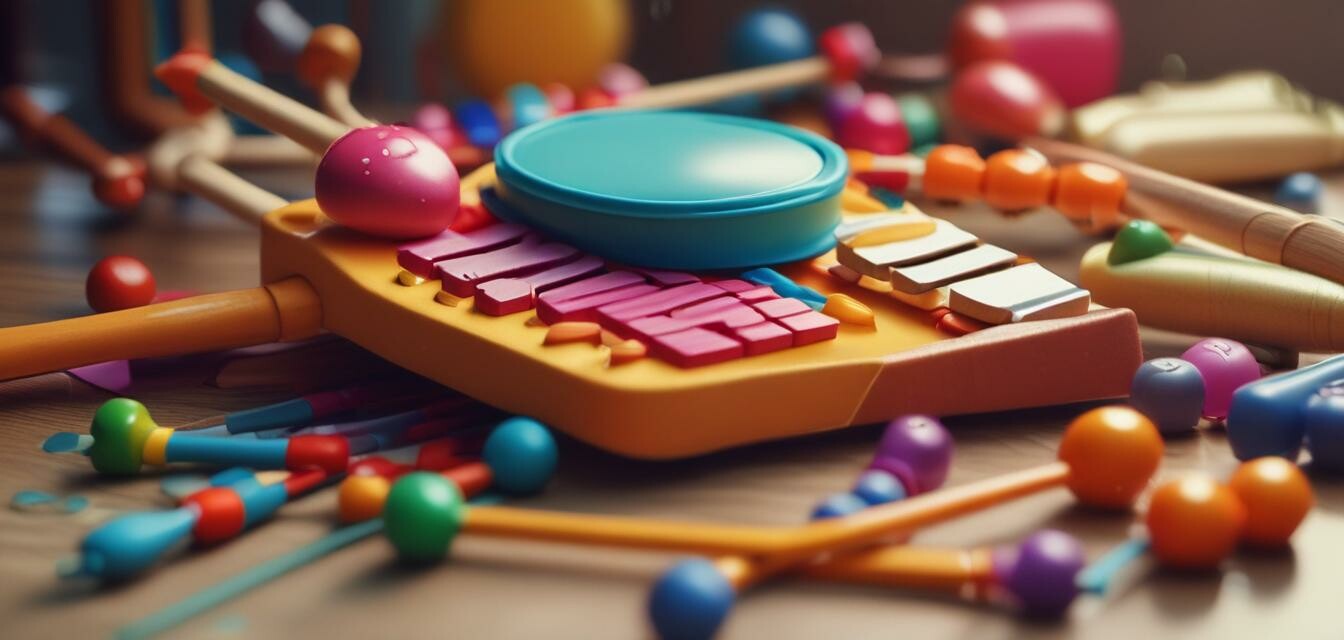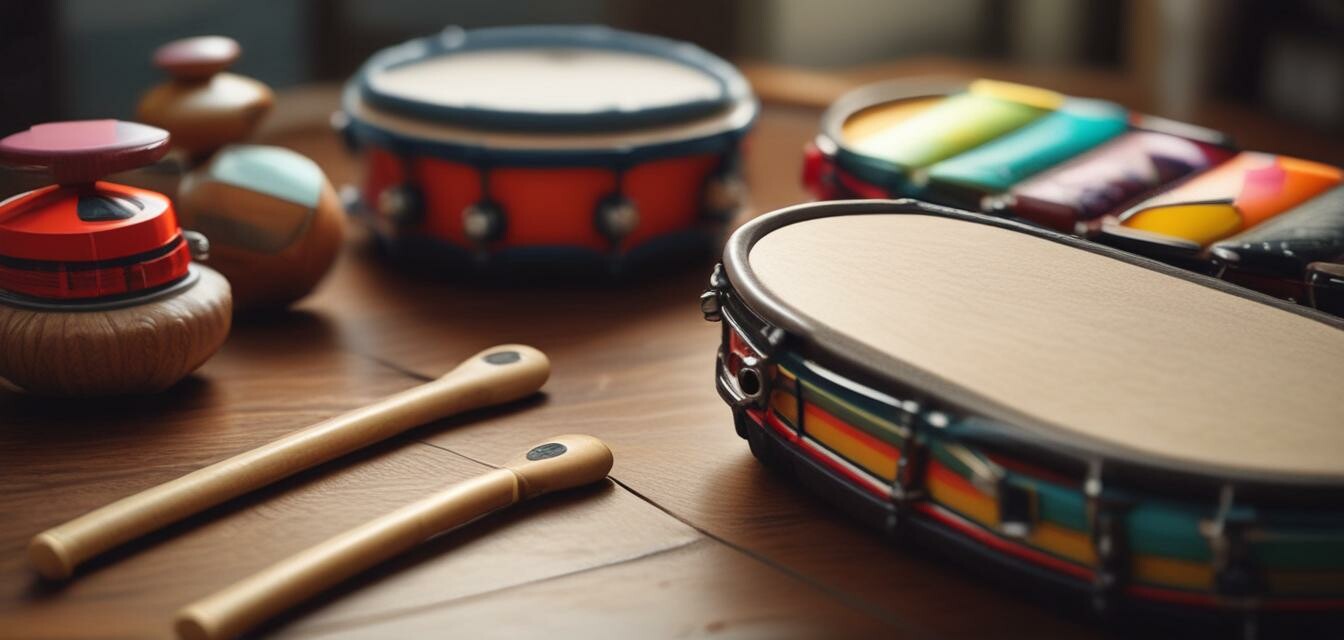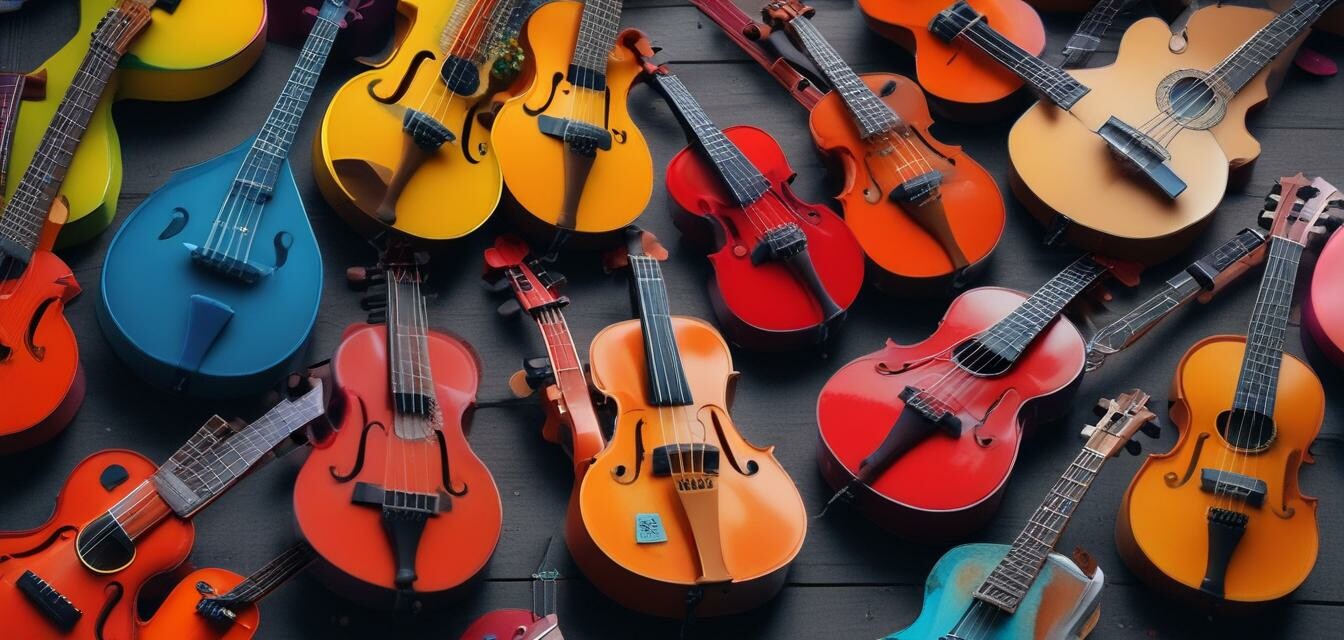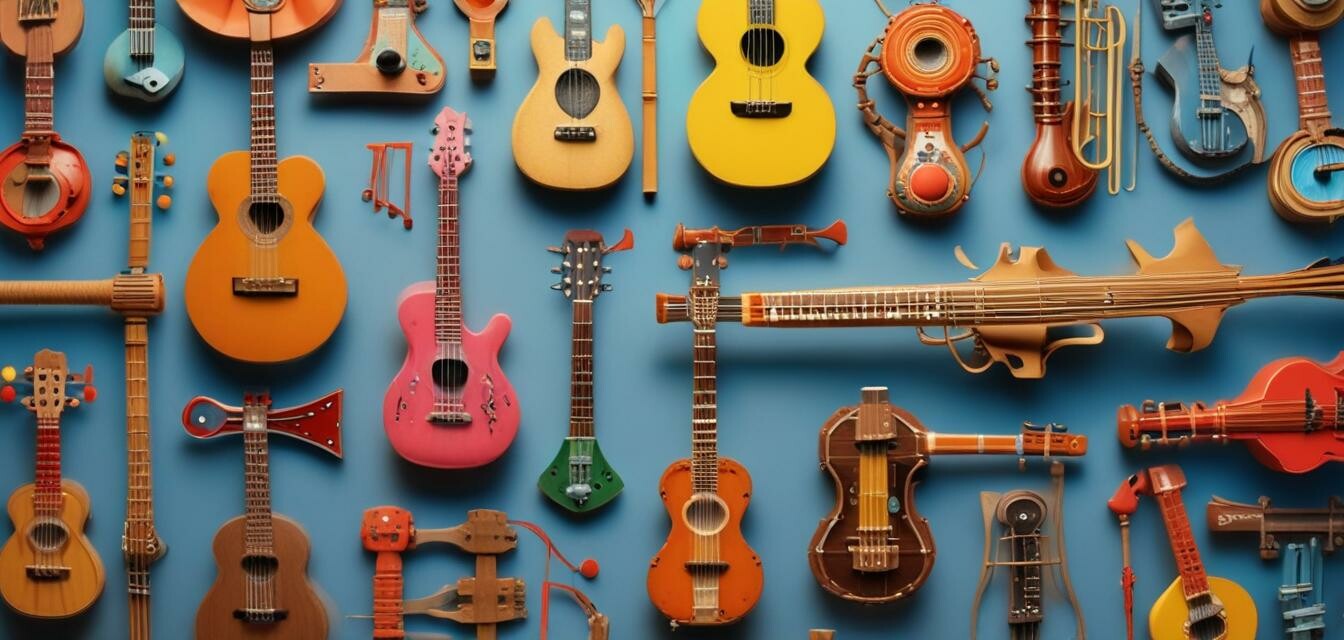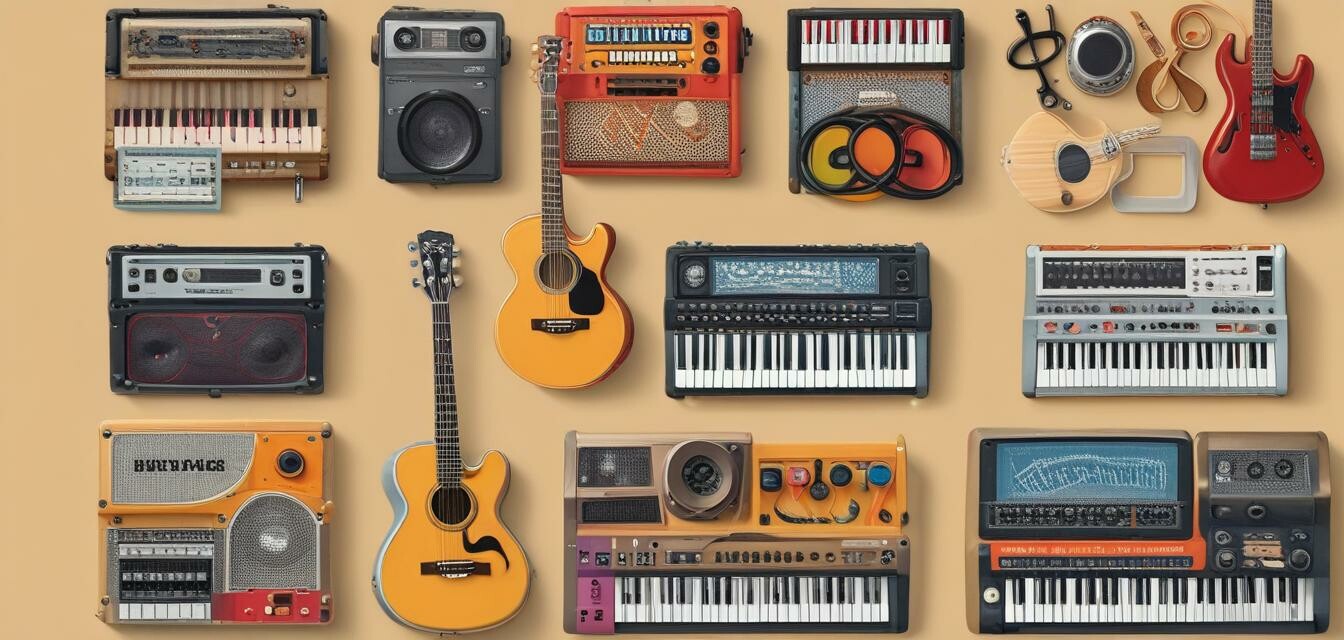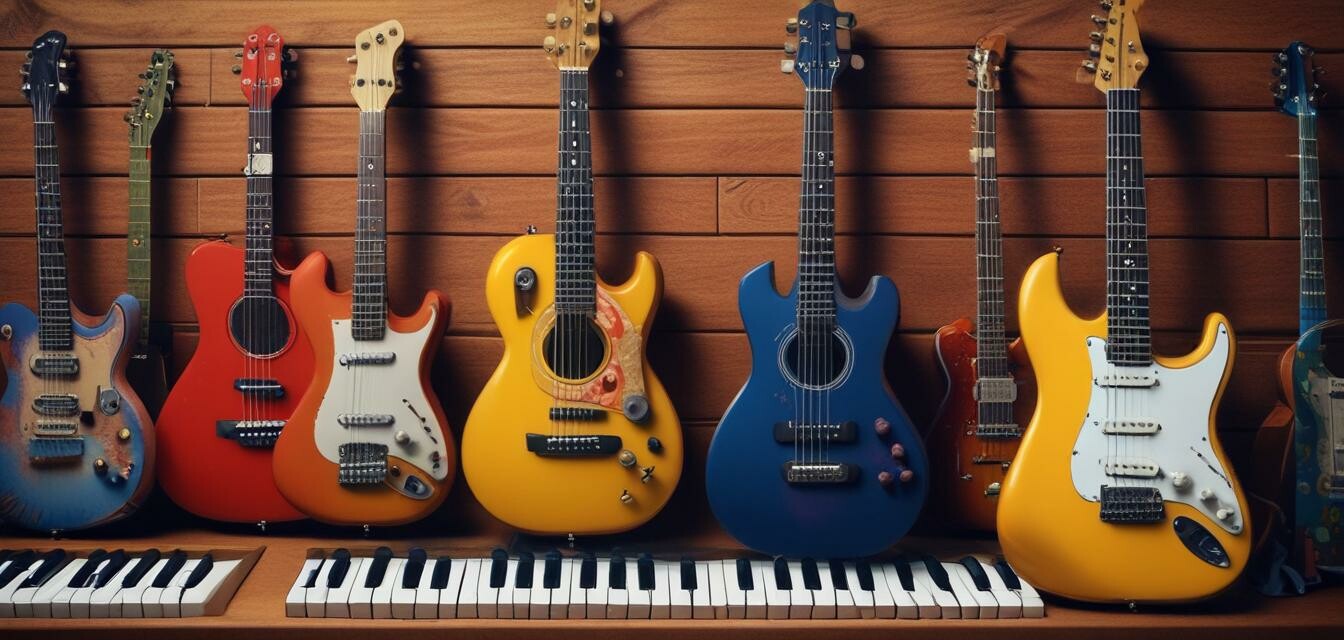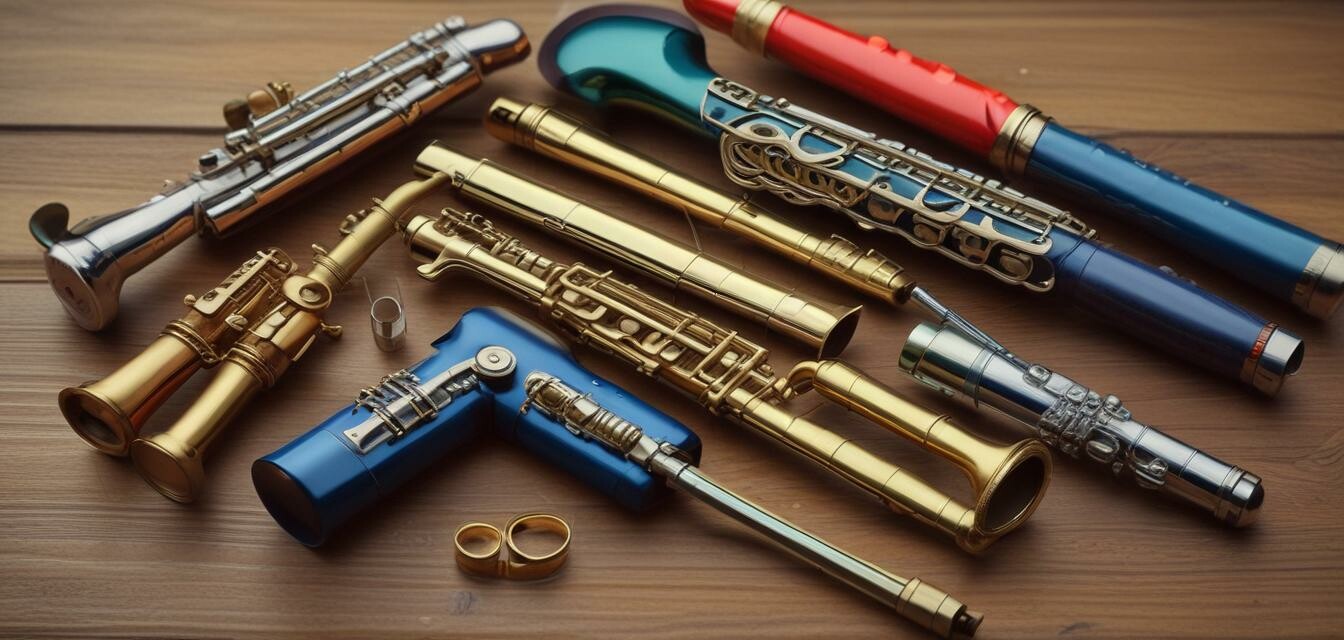
Beginner Wind Instruments
Welcome to our comprehensive guide on beginner wind instruments! This article will help you navigate through the world of wind instruments suitable for children and beginners. We will cover age-appropriate options, highlight their benefits, and provide tips for choosing the right instrument. Let's get started!
Key Takeaways
- Wind instruments are great for developing musical skills.
- Recorders, harmonicas, and kazoos are excellent choices for beginners.
- Age-appropriate instruments can enhance learning and enjoyment.
- Proper care and maintenance extend the life of the instruments.
Understanding Wind Instruments
Wind instruments are exciting tools for making music. They produce sound by the vibration of air, which can be created by blowing into the instrument. They are a fantastic way for kids to explore music, rhythm, and creativity. Below are some common beginner wind instruments:
| Instrument | Age Group | Learning Curve |
|---|---|---|
| Recorder | 5+ | Easy |
| Harmonica | 4+ | Easy |
| Kazoo | 3+ | Very Easy |
| Flute | 8+ | Moderate |
| Saxophone | 9+ | Moderate |
Popular Beginner Wind Instruments
1. Recorder

The recorder is a popular choice for beginners due to its simple design and ease of play. It is lightweight and can be easily carried around, making it perfect for young children. The recorder is often used in schools to introduce music concepts.
2. Harmonica

The harmonica is another excellent beginner instrument. It allows for immediate sound production and is easy to learn. Kids can enjoy playing various genres, from blues to folk music. Its compact size makes it a convenient option for travel.
3. Kazoo

The kazoo is a fun and whimsical instrument that children love. It requires no musical training, as players can create sound simply by humming into it. The kazoo is perfect for introducing young children to the joy of making music.
Benefits of Learning Wind Instruments
Playing wind instruments provides several benefits for children, including:
- Improving lung capacity and breath control.
- Enhancing hand-eye coordination.
- Encouraging social skills through group play.
- Building confidence and self-expression.
Choosing the Right Wind Instrument
When selecting a wind instrument for beginners, consider the following factors:
- Age Appropriateness: Ensure the instrument is suitable for the child's age and size.
- Interest Level: Choose an instrument that aligns with the child's interests to keep them motivated.
- Budget: Set a budget that fits your financial situation while ensuring quality.
- Quality and Durability: Look for instruments made from durable materials that can withstand wear and tear.
Tips for Beginners
- Start with simple songs to build confidence.
- Practice regularly for short periods to avoid frustration.
- Encourage group play to enhance social interaction.
- Use online resources or apps for guided practice.
Maintenance of Wind Instruments
Proper maintenance of wind instruments is essential for longevity and optimal performance. Here are some tips:
- Clean the instrument after each use to remove moisture and dirt.
- Store the instrument in a protective case when not in use.
- Check for any signs of wear or damage and address them promptly.
Conclusion
Wind instruments provide a fantastic introduction to music for beginners. With options like recorders, harmonicas, and kazoos, children can easily find an instrument that sparks their interest. Choosing the right instrument, understanding its benefits, and maintaining it properly will ensure a joyful musical journey.
Pros
- Encourages creativity and self-expression.
- Promotes social interaction through group play.
- Develops fine motor skills and coordination.
Cons
- Some instruments may require specific cleaning tools.
- Initial learning can be challenging for some children.
Related Resources
For more information on musical instruments for kids, check out our other articles:
